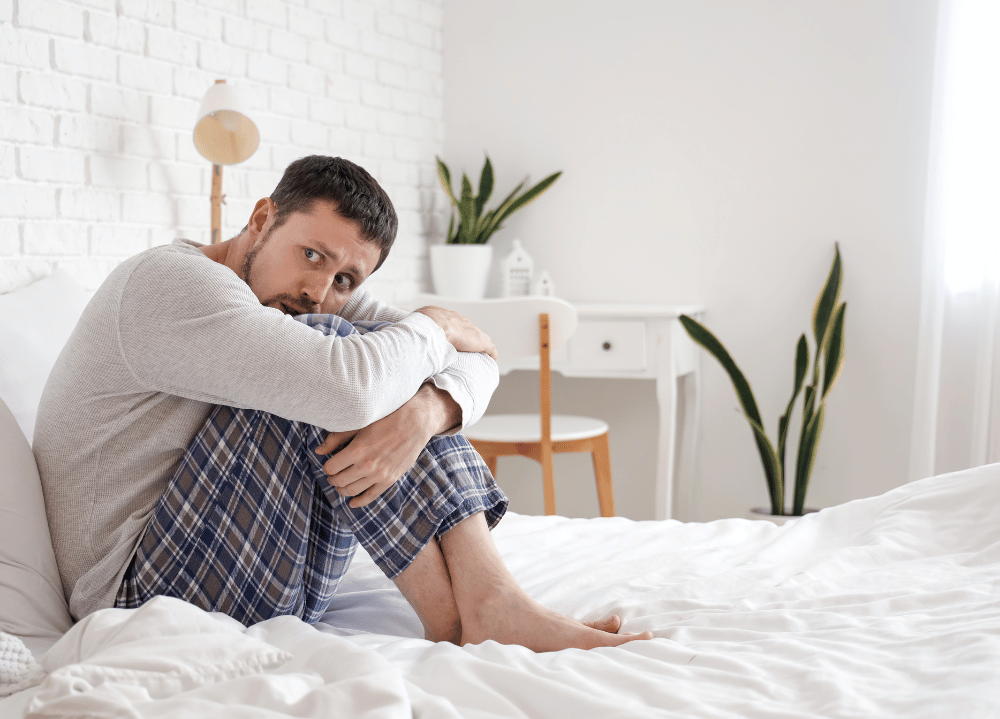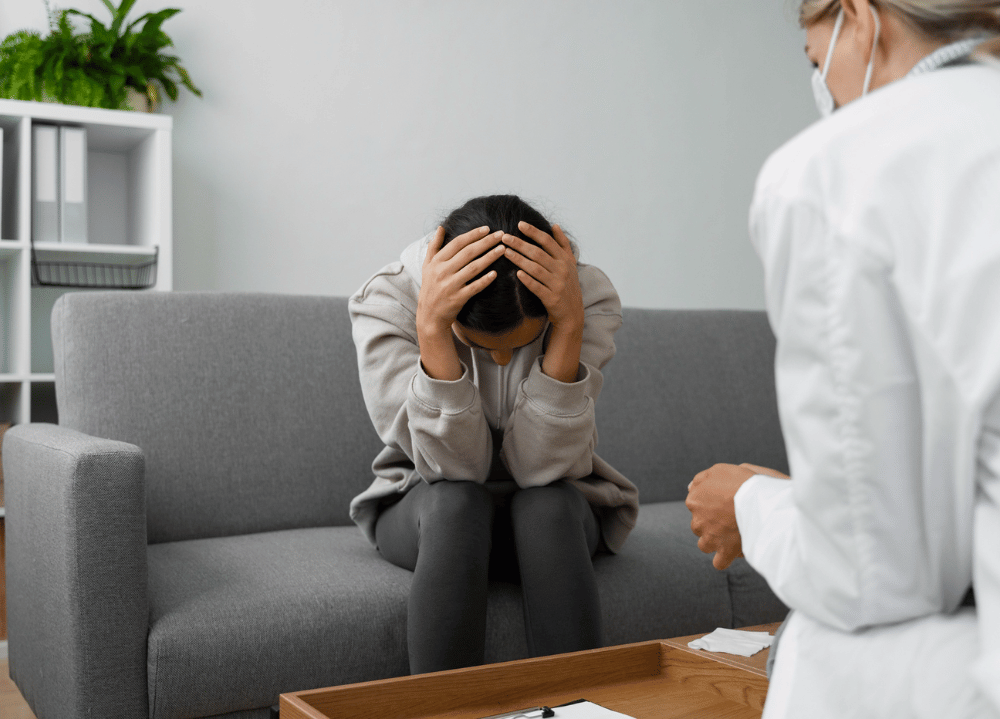Panic Disorder

What is Panic Disorder?
Panic Disorder is a severe mental disorder characterized by a series of panic attacks at one point or frequently. These attacks result in feelings of fear or discomfort and often lead to chest pains, palpitations, shortness of breath, dizziness, sweating, shaking, and sensations of doom. In contrast to specific fear, which has an object that causes it, panic attacks come out of the blue and have a more severe impact on the daily activities of an affected individual.
What Are Panic Attacks?
A panic attack is characterized by intense fear or anxiety that is triggered and lasts for only several minutes. The symptoms may include increased pulse rate, perspiration, shaking, shallow breathing, and anxiety, which may be referred to as the fear of death. This type of panic attack can occur suddenly, and though there may not always be a specific cause, the attack is always distressing and disruptive of normal functioning. Nevertheless, If the episode is properly diagnosed and treated with therapy for panic attacks and some medication, then they can be well controlled.

Causes of Panic Disorder
However, it is crucial to know that numerous causes of panic disorder involve genetics, biology, psychology, and the environment. While some individuals may be inclined genetically, others tend to have abnormal levels of brain chemicals such as serotonin.
Panic disorder can also be caused by the use of steroids or alcohol and situations revolving around stress or trauma. Some of the panic disorder treatments include cognitive behavioral therapy, anti-anxiety drugs, and alterations to one’s daily routine.
Different Types of Panic Attacks
Panic attacks differ in terms of context and time. Understanding the different types can help you manage them better:
Expected Panic Attacks
Individuals with specific phobias expect to have panic attacks in some places. For example, a claustrophobic patient may fear being in an elevator and consequently panic, whereas an aerophobic patient may have a panic attack during a flight.
Unexpected Panic Attacks
Panic attacks can also happen randomly, with no given reason or predisposing factors. They can occur at any time, and they are said to occur in situations that are not associated with any perceived threats from within or outside the person.


Recognizing the Common Symptoms of Panic Disorder and Panic Attacks
Panic disorder is characterized by the experience of one or more panic attacks, either cued or spontaneous. It is usually characterized by a persistent perception of the risk of further attacks and behavioral modifications to steer clear of possible stimuli. Panic symptoms can be aggravated, with manifestations at nighttime, fear of dying, palpitations, hypertensive sweating, tremors, dyspnoea, and chest pain.
Some of the other signs may include vomiting, fainting, weakness, shivering, sweating, even the feeling of being apart from oneself, or severe anxiety over losing control or dying. It is, therefore, advisable to seek professional assistance to ensure accurate diagnosis and treatment.

Effective Treatment for Panic Disorder
Panic disorder requires a multi-modal treatment that includes both psychological and pharmacological interventions. Cognitive Behavioral Therapy for panic disorder is one of the common methods that assist patients in disputing and altering negative cognition patterns. Similarly, psychosocial interventions that are important in handling panic disorder include cognitive restructuring and exposure therapy. Such methods help patients control the attacks and lessen their intensity and occurrence.
Regarding panic disorder medication management, the individual may be prescribed SRIs such as Selective Serotonin Reuptake Inhibitors and anti-anxiety drugs like benzodiazepines or beta blockers to back the therapy. This form of individualism is effective in managing panic disorder optimally.
Panic Attack Treatment and Help
Needless to say, if there is a possibility of having a panic attack in any situation, one has to seek panic attack help. Panic attack treatments are often associated with panic disorder therapy, which is a set of different methods, including cognitive-behavioral therapy for panic disorder and panic attack solutions.
Those who experience panic attacks at night, however, have to be ready to devise ways of handling this condition in a bid to minimize the occurrence of episodes at night. Thus, when it comes to the types of panic attacks and their ways of handling, the generally speaking quality of life is greatly enhanced. For severe panic attacks, it is very important to seek panic attack help immediately to ease the effects of the attack and avoid worsening.

Benefits of Seeking Treatment for Panic Disorder
Panic disorder treatment isn’t only beneficial in eradicating symptoms but has many other advantages as well. Through the utilization of targeted therapy, the frequency and intensity of panic attacks can be reduced and eased, thus improving the quality of life. Cognitive-behavioral coping skills help to address and diminish anxiety-related reactions, and thus, relaxation techniques positively promote patients’ abilities for anxiety coping.
Thus, with adequate recovery and support, people develop control over their lives and can perform daily tasks, earn money, have relationships, and enjoy life without panicking or worrying about the next attack. Positive thinking enhances healing by ensuring that recovery is possible and an ongoing process, as opposed to a one-time event.
The ability to find a first step on the road to better mental health and improved quality of interpersonal and intrapersonal relationships might help to achieve symptom-free living. Panic disorder does not have to control how one lives – take the first step towards recovery with quality and understanding treatment.